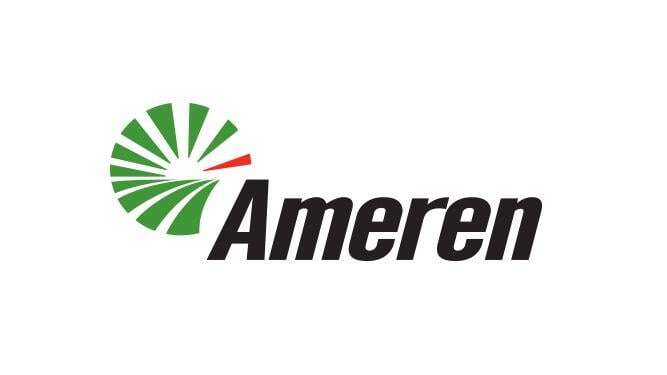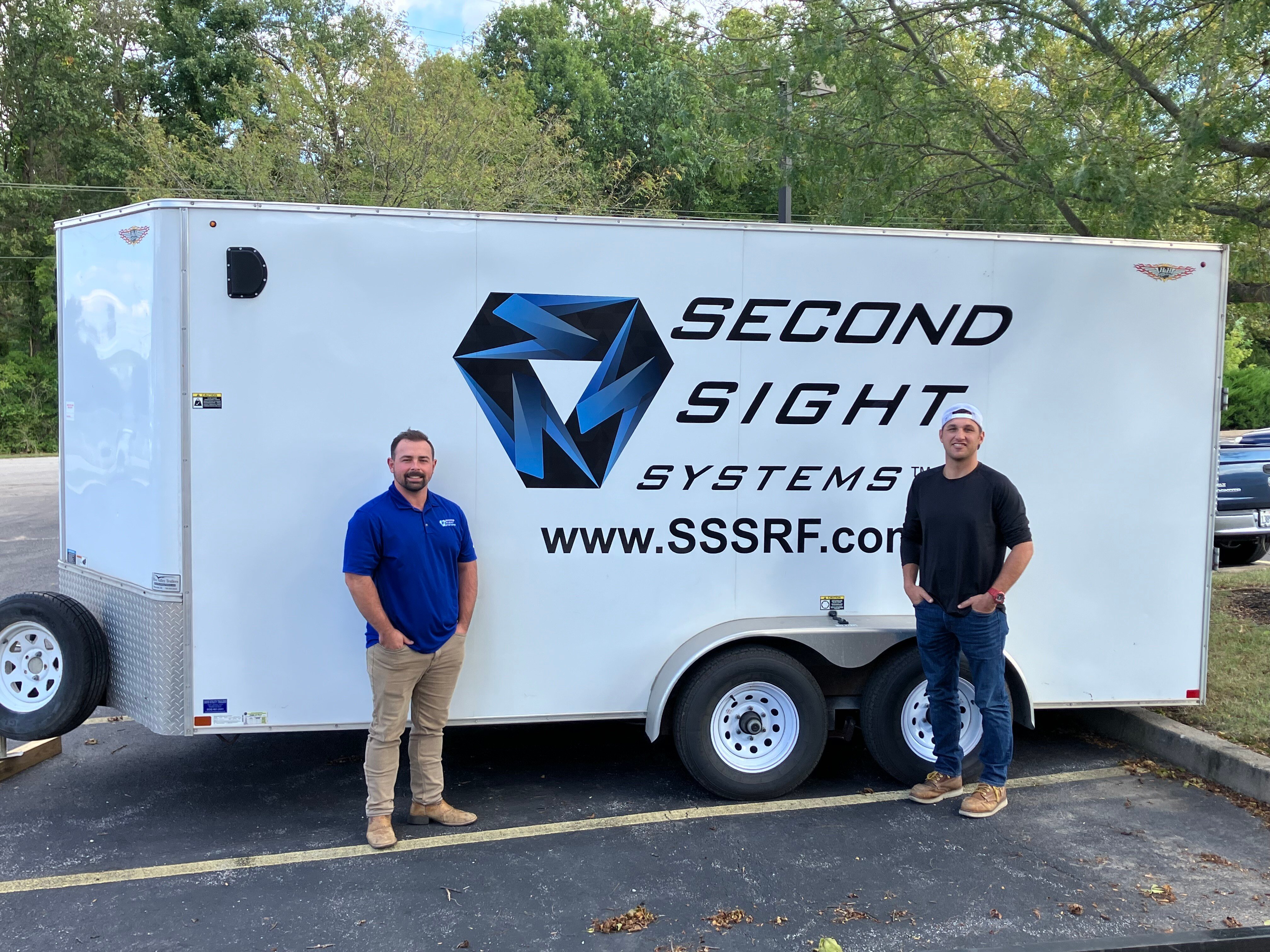Total Solutions Provider for Utilities & Industrial Communications
LinkedInTower Safety: Avoiding RF Interference in the Smart Grid (A 5 minute Read)
With the proliferation of wireless and electronically switched devices, RF interference (RFI) is constantly rising and can have adverse effects on utility operations and the smart grid. Second Sight Systems takes pride in being number 1 in safety, and in high risk Tower Services.
RF interference (RFI) is electromagnetic Interference (EMI) in the RF spectrum. Specifically RFI is unwanted electromagnetic emissions that drowned out the transmissions from wireless devices. This interference can lead to intermittent connectivity, poor throughput, and reduced data rates. It can also result in security vulnerabilities and overall network instability.
The main factors that can disrupt the tower transmission or reception of a radio signal are competing signals from other radio transmitters, spurious emissions entering the desired transmission channel from poorly insulated power lines power lines, or other electrical devices.
For utilities, the best way to minimize path loss from Towers and RFI vulnerability in a radio network is by conducting Computer Aided RF Path Studies and Physical RF Path Survey’s prior to the installation of a wireless system. An RF Path study will determine the path feasibility, expected receive signal levels, and antenna height requirements. A physical RF Path Survey will provide an expected signal to noise ratio (SNR), an optimal antenna height, azimuth and elevation, and a true receive signal level - resulting in an over increased immunity to RFI.
 RF Path Survey tests a range of indicators.
RF Path Survey tests a range of indicators.
RF path study & testing
Second Sight Systems are experts in helping utilities avoid interference as part of our line of Tower Services. Our engineers have extensive experience conducting RF Path Studies. While Interference can not be totally eliminated, the susceptibility of the system to RFI can be substantially reduced by ensuring proper design and installation of the wireless data system. Let Second Sight Systems assist you with your future system or troubleshooting your existing system.
The RF path survey reveals the potential vulnerabilities of a wireless system to RF Interference and path loss, and tests for optimal signal strength. With this insight, engineers ensure reliable communication link designs.
Using point-to-point RF analysis, engineers test and optimize the following:
- RF Band Utilization (VHF, UHF, Cellular, 400 Mhz, 900 Mhz. 2.4 Mhz, 5.4 MHz)
- RF Transmission Methods and Technologies (Narrow Band Licensed, Spread Spectrum, Cellular, WiFi, Microwave, or Satellite)
- Point to Point, Point to Multi-Point, Mesh Network Links
- Repeater systems
- Antenna/tower heights
- Antenna type, pattern, gain, and azimuth required at each location
 Elevation map
Elevation map
The RF study involves many steps, including terrain mapping to show site locations and expected signal levels, and assessing the right antenna and radio frequency needed. In some cases, a different, lower frequency radio is required. For example, GE’s MDS Orbit Platform is optimized to avoid RF interference. It gives you the option of putting a 400 and 700 Mhz radio inside the orbit platform, so you have different configuration options to optimize signal transmission.
To establish or ensure reliable communications for your utility’s SCADA application, SSS can help. Whether you need SCADA design, installation, maintenance or troubleshooting, our engineers provide the solutions and advanced technology to meet your urgent and long-term demand for optimal asset monitoring, control and protection. As an exclusive distributor and integrator of GE’s next-generation MDS™ radios, Second Sight is a one stop shop for SCADA (Supervisory Control and Data Acquisition) communications for Utilities and Industrial applications, supplying a full-range of wireless solutions.
About Us
Second Sight Systems is at the forefront of Tower and Ftility Field Services, providing technical support to electric, gas, and water utilities, and contracted third parties. From the installation or the reading of meters, to AMI Network Infrastructure for the backhaul-- Second Sight Systems provides quality services to all of its customers. To learn more, visit https://prdsecondsight.wpengine.com/services/tower-services/ or contact our Engineering Services Team today at info@sssrf.com.
Visit our LinkedIn Page!
RECENT NEWS
Second Sight Systems Joins the Enterprise Wireless Alliance (EWA)
January 25, 2019CATEGORIES
- News (49)
- Contracts (18)
- Utilities (12)
- Missouri (9)
- Company (8)
- Installation (8)
- GE MDS (7)
- AMI (6)
- Cybersecurity (6)
- Smart Grid (6)
- Ameren (5)
- Project (5)
- Telecom (5)
- Critical Infrastructure (4)
- Meter Services (4)
- Politics (4)
- Submetering (4)
- Towers (4)
- Utility Field Services (4)
- DistribuTECH (3)
- Future (3)
- Safety (3)
- Texas (3)
- Charity (2)
- Denver (2)
- Disaster (2)
- Electricity (2)
- Illinois (2)
- IoT (2)
- Kentucky (2)
- Landys & Gyr (2)
- Louisiana (2)
- NERC (2)
- OSHA (2)
- Oklahoma (2)
- Reading (2)
- Spire Networks (2)
- US Air Force (2)
- WBE/WBENC (2)
- Water Meter Replacement (2)
- White Papers (2)
- colorado (2)
- #SAMEDOD (1)
- #UTCTnT (1)
- APPA (1)
- Atomation (1)
- Best Practices (1)
- Cellular (1)
- Certifications (1)
- DEMCO (1)
- Data (1)
- ENSIGHT+ (1)
- Education (1)
- Engineers (1)
- Event (1)
- Evergy (1)
- FCC (1)
- Ferguson (1)
- Fiber Splicing (1)
- Florida (1)
- GRDA (1)
- Hillwood Alliance (1)
- Holiday (1)
- Itran (1)
- Kamo Power (1)
- MEA (1)
- Minnesota (1)
- Nebraska (1)
- North Carolina (1)
- Perot (1)
- Plugfest (1)
- Pralle Meadows (1)
- Presentation (1)
- Radios (1)
- Report (1)
- SCADA Tech Summit (1)
- STEM (1)
- Smart Water Summit (1)
- Sports (1)
- St. Louis (1)
- Staffing (1)
- Synergy (1)
- TechAdvantage (1)
- UBBA Summit (1)
- Utility Cost (1)
- Veterans (1)
- Virginia (1)
- Wastewater (1)
- Wireless (1)
- Woodcrest Capital (1)
- quality (1)
- trends (1)



